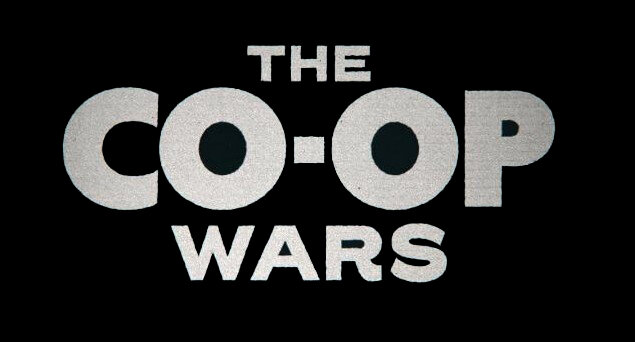While the 1960s are generally thought of as the political awakening of the Baby Boomer generation, the 1970s weren’t exactly a historical snooze. Many of the people who started the Twin Cities food co-ops had been involved in 60s activism, and they continued this work, either within the co-ops or alongside them. But organic and local were not the powerhouse bywords then that they are today.
Martin and Atina Diffley are pioneering organic farmers. Their work educating co-op buyers in the early days of the co-ops made a big difference in building an organic, local food economy in the Twin Cities.
Martin started Gardens of Eagan in 1972 on his family’s land in what is now a wholly developed suburb of St. Paul. Atina joined him later and they sold delicious organic vegetables (including the best watermelons this writer has ever eaten) to Twin Cities food co-ops for more than 30 years before retiring to start an organic consulting business and an organic seed breeding project.
Martin says the early days of selling to the co-ops encapsulated some of the contradictions inherent in counterculture activists operating businesses: “They didn't quite understand economies of scale, and cost of production, because in a sense the co-ops were out of the hippie movement and going into business, which was kind of an oxymoron in the capitalist system in the early '70s. Fortunately, most of the people at the co-op were college grads, it seemed, and liberal-minded, and open to the fact that farmers had to profit.”
Perhaps even more self-evident to the hippies was the fact that Martin grew food that tasted good: “Seward also had the community meeting every Sunday, and I realized as a sales person, if I brought food from the farm, and fed it, the rewards would be that they would understand that there was squash beyond acorn and buttercups. And if they experienced that, then I would have the market for that product.”
Atina says it still took a while before buyers in the co-ops solidified their understanding of what it takes to have a thriving local food economy: “For the farmer, in the 70s, they were expected to provide the food at national conventional prices. That was below the cost of production, because those prices are based on year-round marketing. And those farmers that are serving those national conventional markets, they can lose money 50 weeks of the year. They just have to hit one good week at a glutted price and make it. So no small local farmer can match those prices and stay in business.”
The Diffleys, like so many other farmers, credit long-term relationships with success and a healthy food system. They describe meeting with a co-op buyer in the winter and getting verbal commitments for in-season purchases, and then showing up with the product a few months later only to discover that buyer had left without telling anyone about their plan. Atina says, “Before the mid-80s, our relationship with a store was as good as our relationship with the buyer. If we had a buyer who understood why they should support these farms, then we had a great relationship. But it wasn't necessarily store-wide and it wasn't necessarily a store commitment. So that if you didn't have a buyer who really got it, it was a struggle. It really shifted in the mid-80s, when, for the most part, all the co-ops developed commitments to local organic farmers. And that was fundamental and a pivotal change for our farm.”
Help us preserve the history of organic farming by donating at Seed & Spark, liking us on Facebook, and following us on Twitter.
